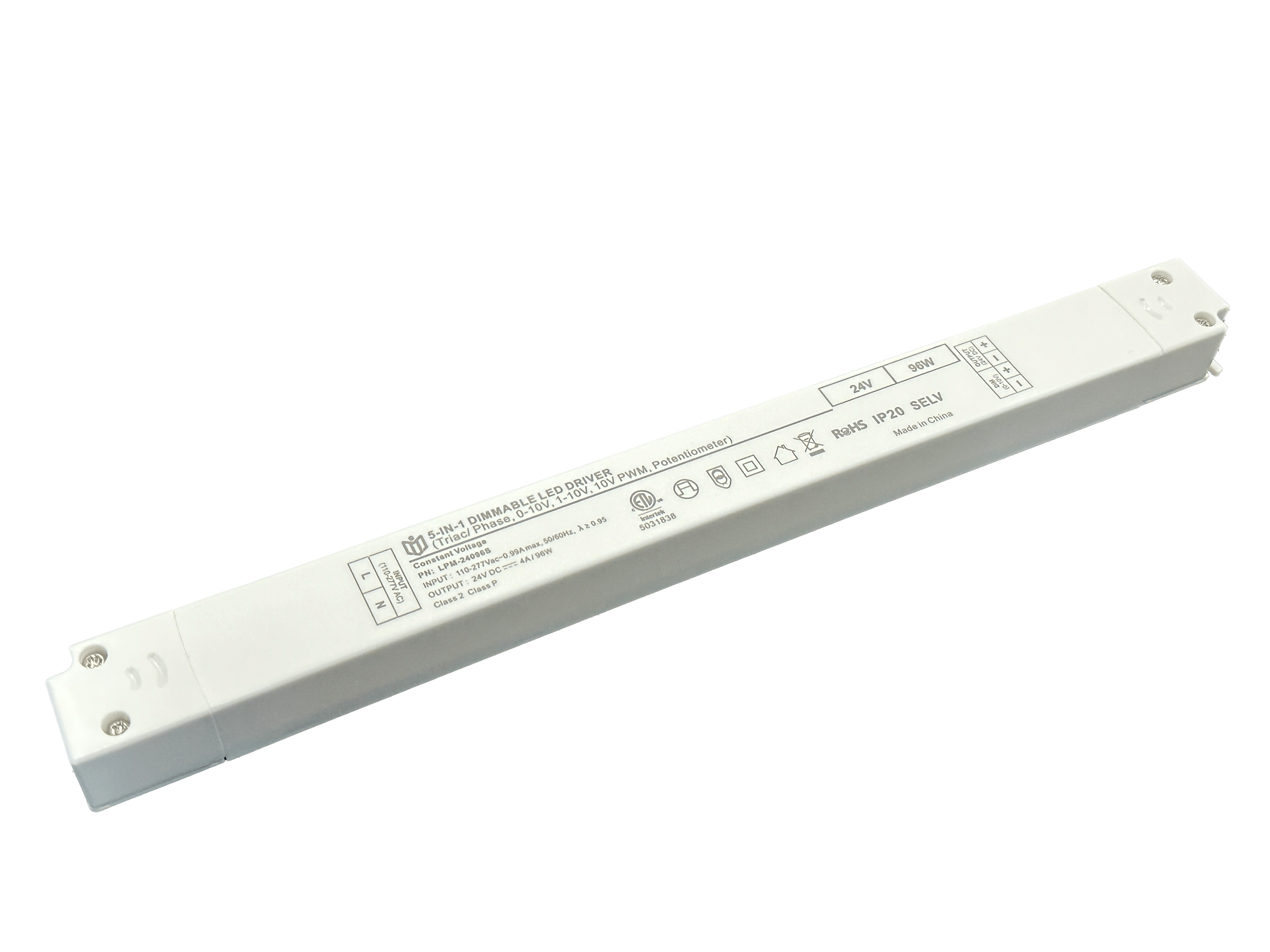Lighting Designers' Secret Weapon: Using 0-10V as Spatial Mood Magicians

The silent revolution in architectural illumination isn’t about brightness alone—it’s about emotional choreography. Enter the unsung hero of modern lumen artistry: the 0-10V analog control protocol. Far more than a technical specification, this low-voltage signaling system has become the invisible paintbrush with which master lighting designers render atmosphere across physical spaces.
Decoding the Voltage Veil
At its core, 0-10V operates on deceptively simple principles: varying direct current (DC) voltage levels between zero and ten volts correspond directly to dimming percentages. Yet unlike crude PWM pulse systems, its fluid analog nature allows imperceptible transitions that fool the human eye into perceiving natural light shifts. A skilled designer manipulates these micro-adjustments like a conductor guiding an orchestra—each millivolt change subtly altering warmth, depth, and perceived dimensions within a room. Consider how raising voltage from 2.7V to 4.3V might soften conference table shadows while making skin tones radiate vitality during executive briefings; it’s psychological alchemy disguised as electrical engineering.
Architectural Storytelling Through Gradients
Progressive designers now map entire narrative arcs onto dimming curves. In luxury boutiques, dawn simulation sequences starting at 0.5V gradually awaken display cases, mirroring circadian rhythms to extend browsing time by 37% (per recent retail studies). Museum curators program slow fades across galleries using tiered voltage steps—say 1V increments every ninety seconds—creating ritualistic pacing that heightens artwork reverence. Even hospitality venues exploit this stealthily; Las Vegas lounges famously deploy "sunset modes" locked at 6.8V after dusk, trapping patrons in perpetual golden hour tranquility. The real magic occurs when multiple fixtures respond asynchronously to overlapping voltage profiles—picture perimeter coves holding steady at 3V ambient glow while pendant islands pulse rhythmically between 7V and 9V peaks.
Color Temperature Wizardry via Voltage Gates
Advanced implementations integrate CCT tunable white sources with dual-channel 0-10V inputs. By crossfading warm (2700K) and cool (5000K) arrays through differential voltage commands, designers achieve dynamic Kelvin drift without LED color bleed. A Milan design studio recently demonstrated this effect spectacularly: their installation for a fashion show transitioned runway lighting from frosty blue-white at opening curtain (9.5V cool channel dominant) to honeyed amber during final bows (2.2V warm channel prevailing), all while maintaining perfect CRI values above 95. Such precision requires intimate knowledge of driver response curves—most quality ballasts exhibit ±0.1V latency compensation windows ideal for seamless shifts.
Spatial Zoning Without Walls
The protocol shines brightest in open-plan environments where defining zones visually matters most. Corporate innovation hubs increasingly replace cubicle partitions with light volumetric boundaries: collaboration areas bathed in energizing 8V illumination bleed naturally into focused work zones running quieter 4V levels, demarcated solely by luminosity density gradients. Healthcare facilities pioneer restorative applications too; patient rooms feature bedside sconces programmed to descend from alert daytime levels (7V) toward slumber-inducing nighttime foot candles (1.5V) autonomously via building management systems. Crucially, all this happens without disruptive step changes thanks to adaptive feedback loops monitoring occupant movement patterns.
Harmonizing Systems Ecology
True mastery demands treating 0-10V not as isolated tech but as nervous system connecting disparate elements. Smart buildings increasingly route HVAC signals through shared DALI/DMX gateways alongside lighting commands—when CO₂ sensors trigger ventilation boosts, peripheral lights automatically dim compensatorily via linked voltage drops. Sustainability gains compound exponentially: retrofitting existing fluorescent ballasts with compatible LED drivers cuts retrofit costs by 40% while enabling unified environmental controls. Emerging standards like ANSI C136.31 ensure cross-manufacturer compatibility, finally allowing creative freedom without vendor lock-in fears.
The Human Ledger
Ultimately, great lighting transcends spec sheets. When executed thoughtfully, 0-10V schemes reduce eye strain by 61% according to IES studies—but more profoundly, they shape human experience at subconscious levels. Restaurant patrons stay longer when wrapped in layered luminosity; hospital patients heal faster under circadian-aligned cycles; retail shoppers spend freely beneath flattering glows. As one award-winning designer confessed after winning an IALD award: "We’re not selling circuits—we’re bottling sunsets." And the vessel for capturing that ephemeral quality? Quietly humming along copper traces carrying precisely metered electrons between zero and ten volts.
 In heritage architecture prote
In heritage architecture prote
 When small-batch customization
When small-batch customization
 Have the electromagnetic emiss
Have the electromagnetic emiss
 When Triac dimmable power supp
When Triac dimmable power supp
